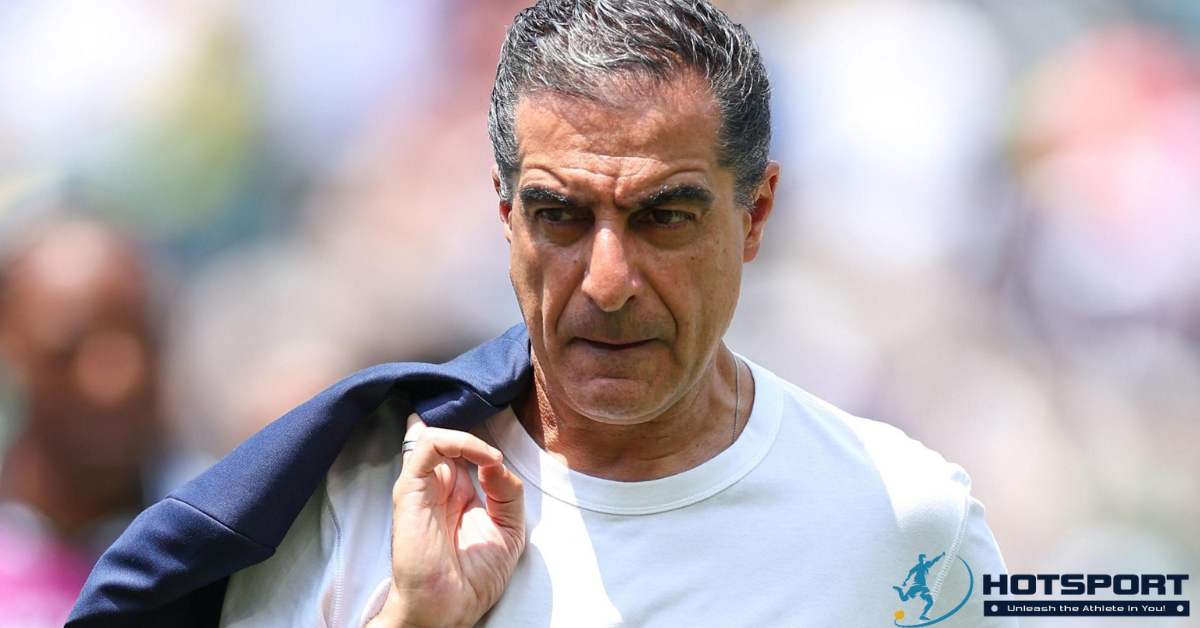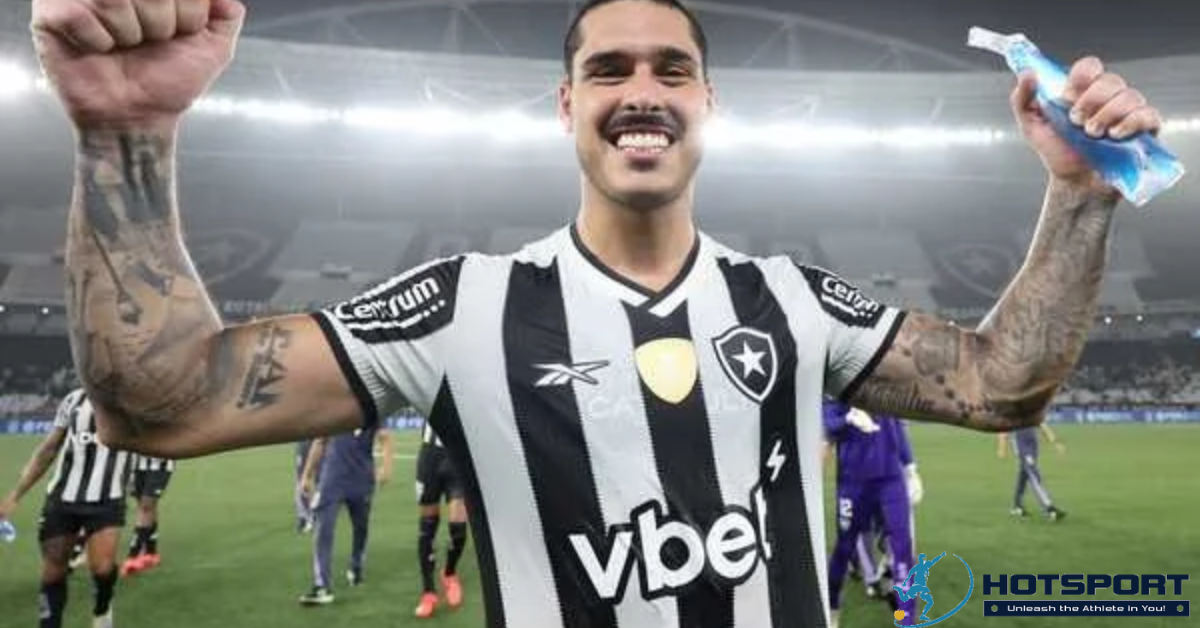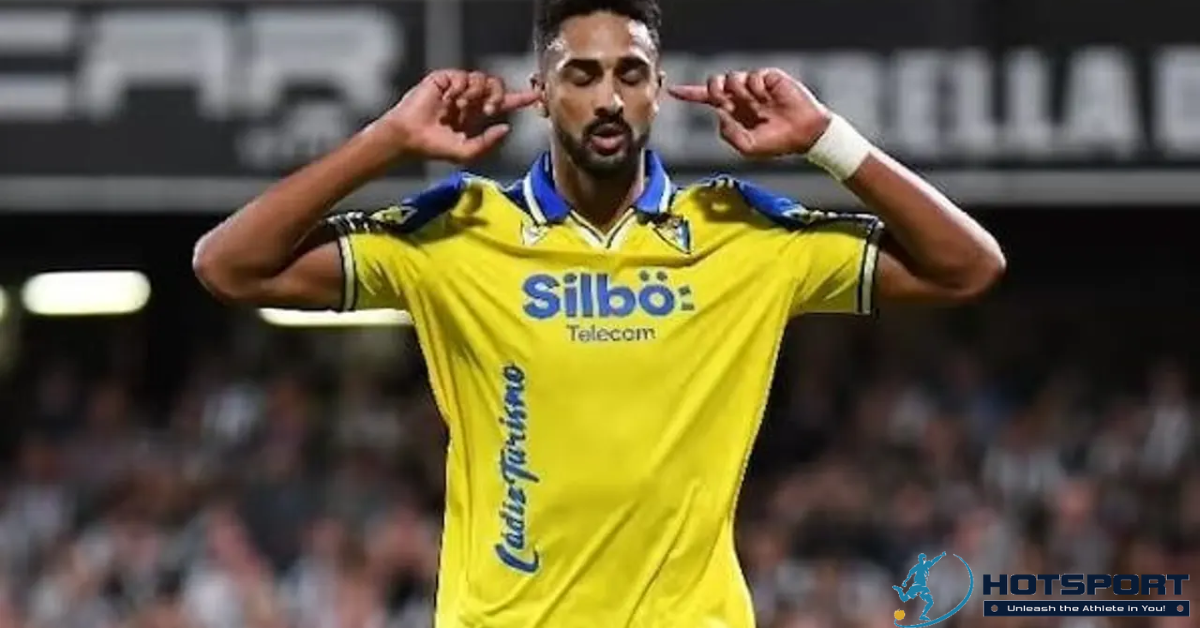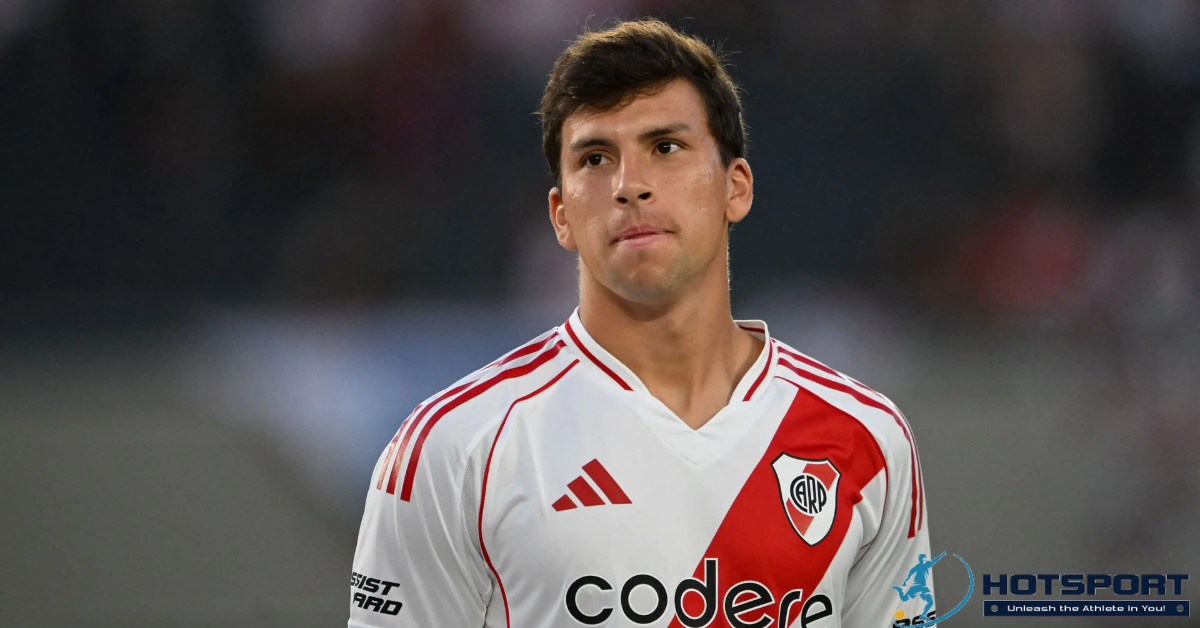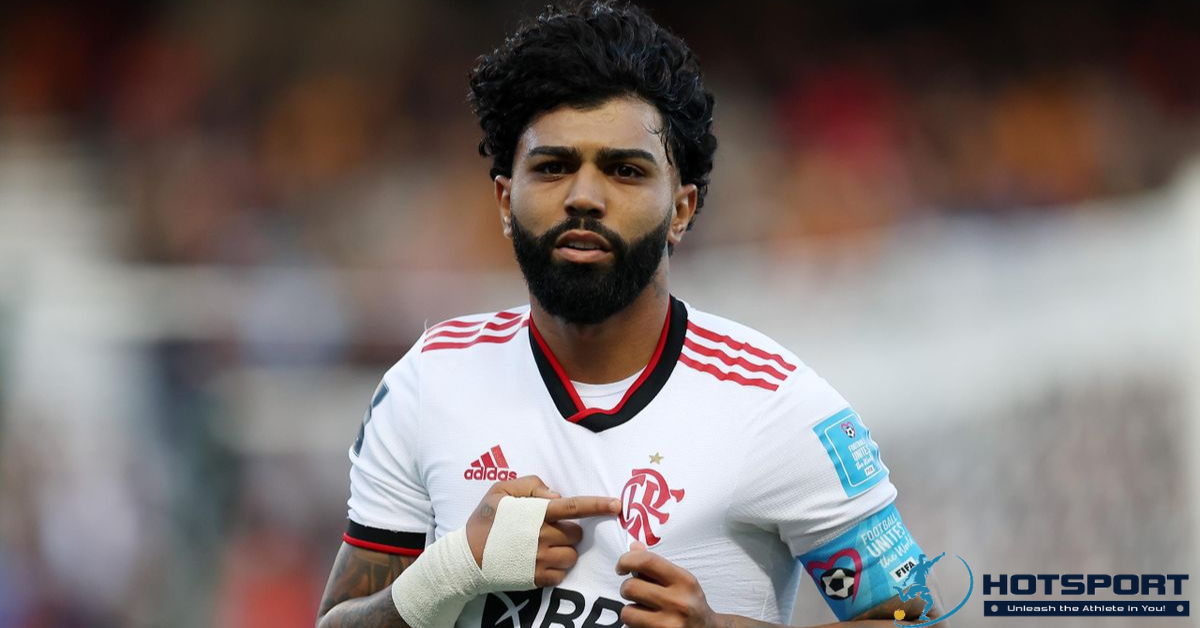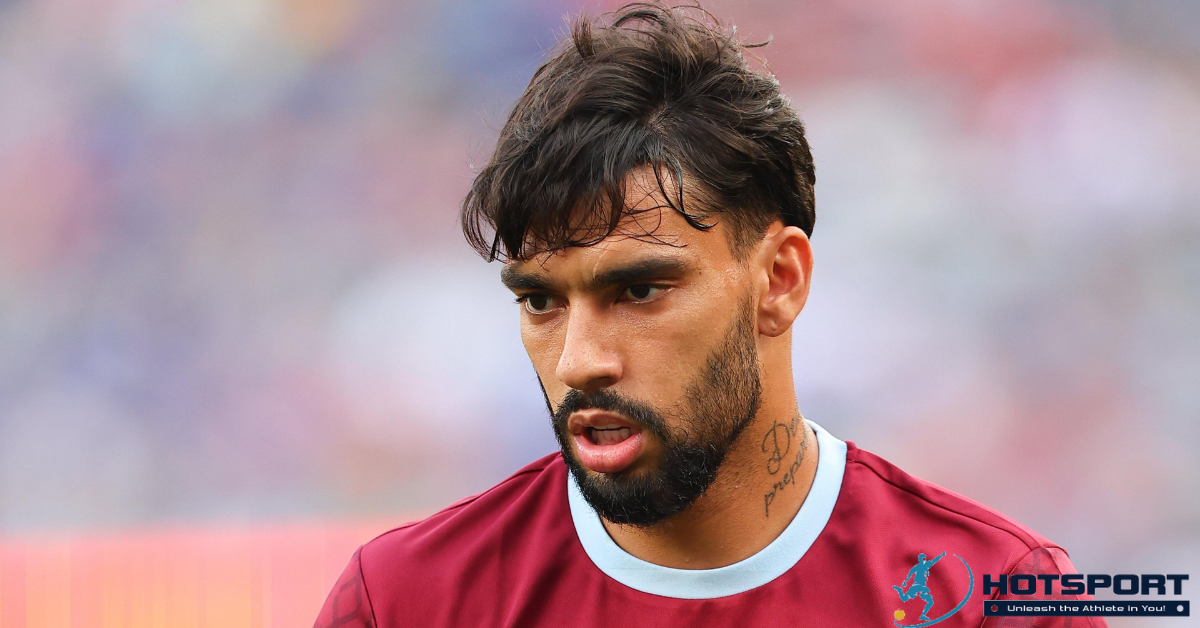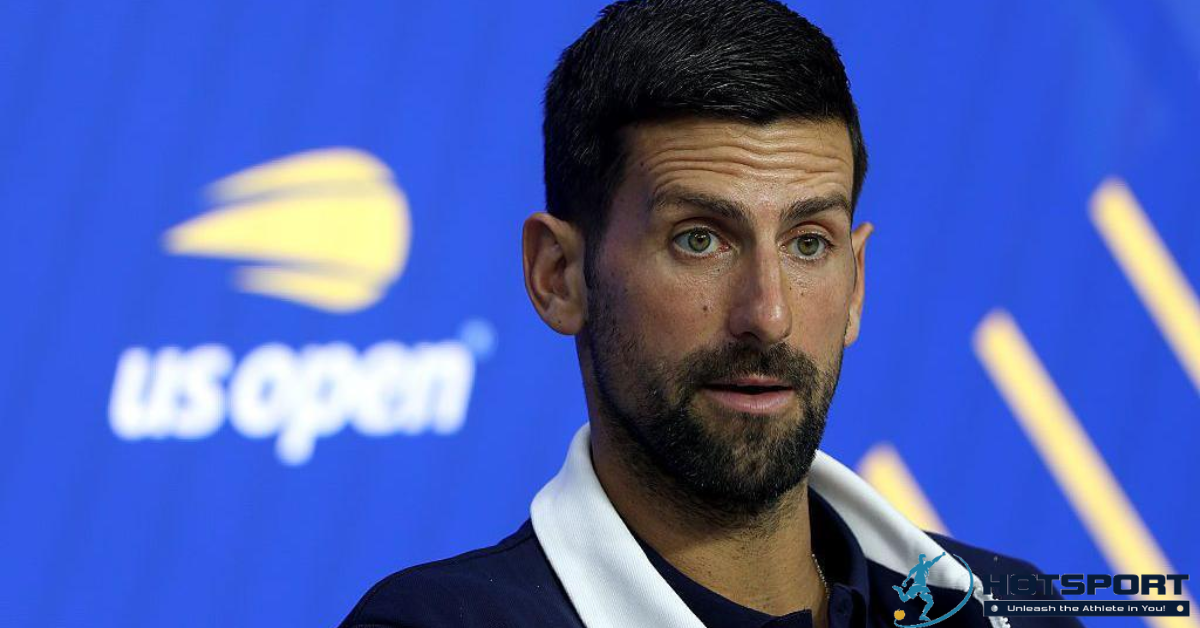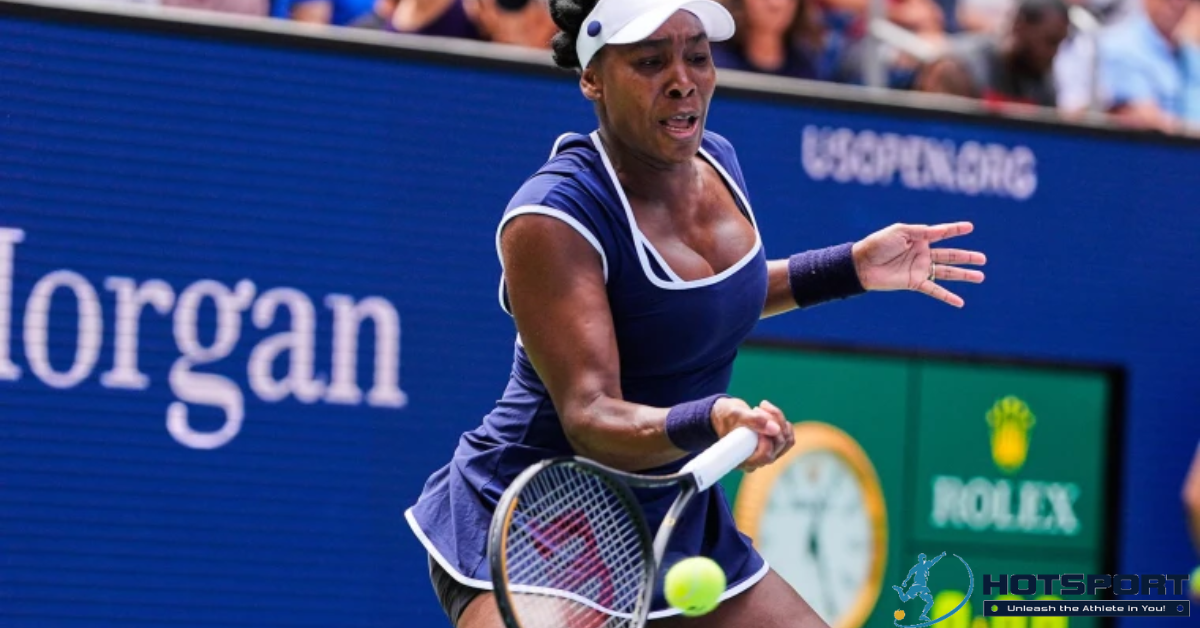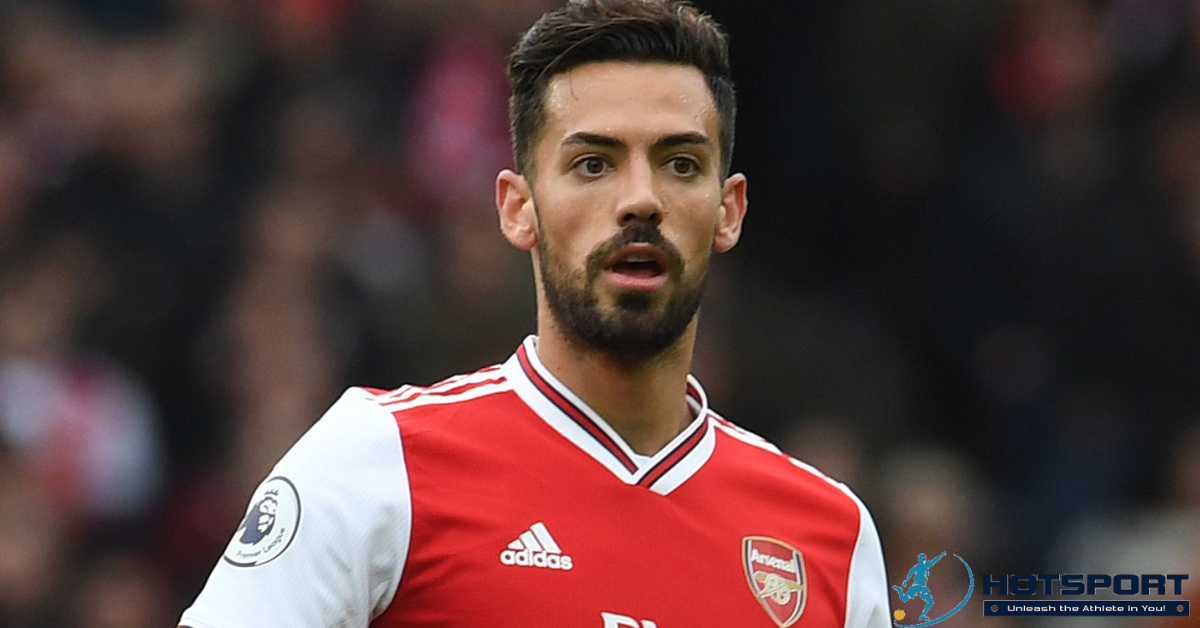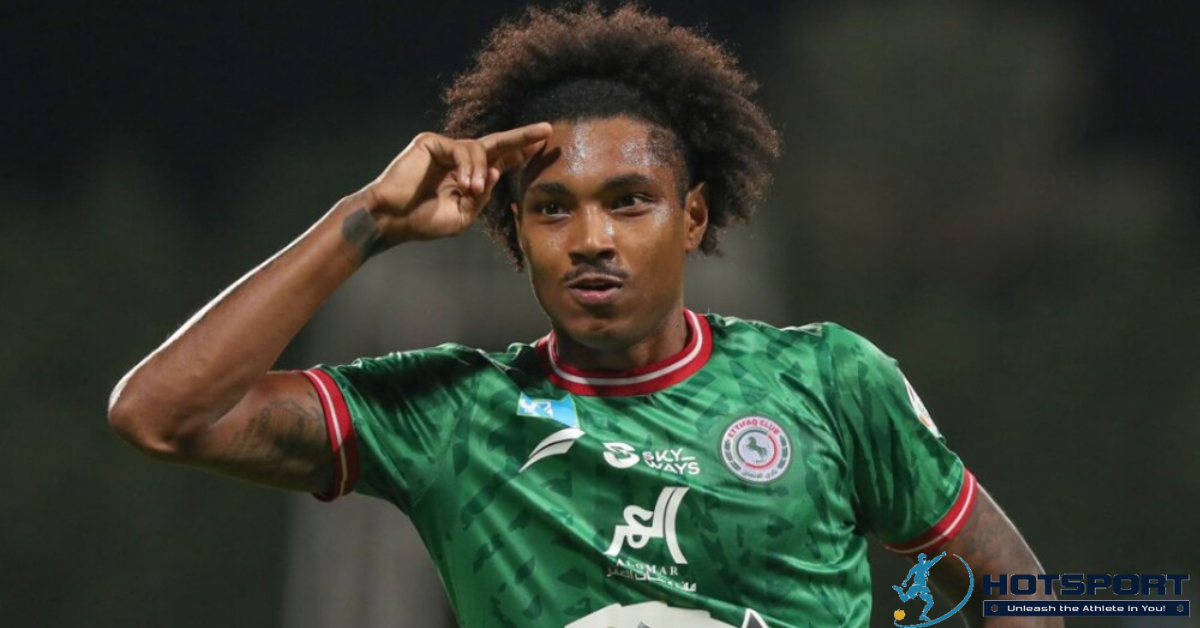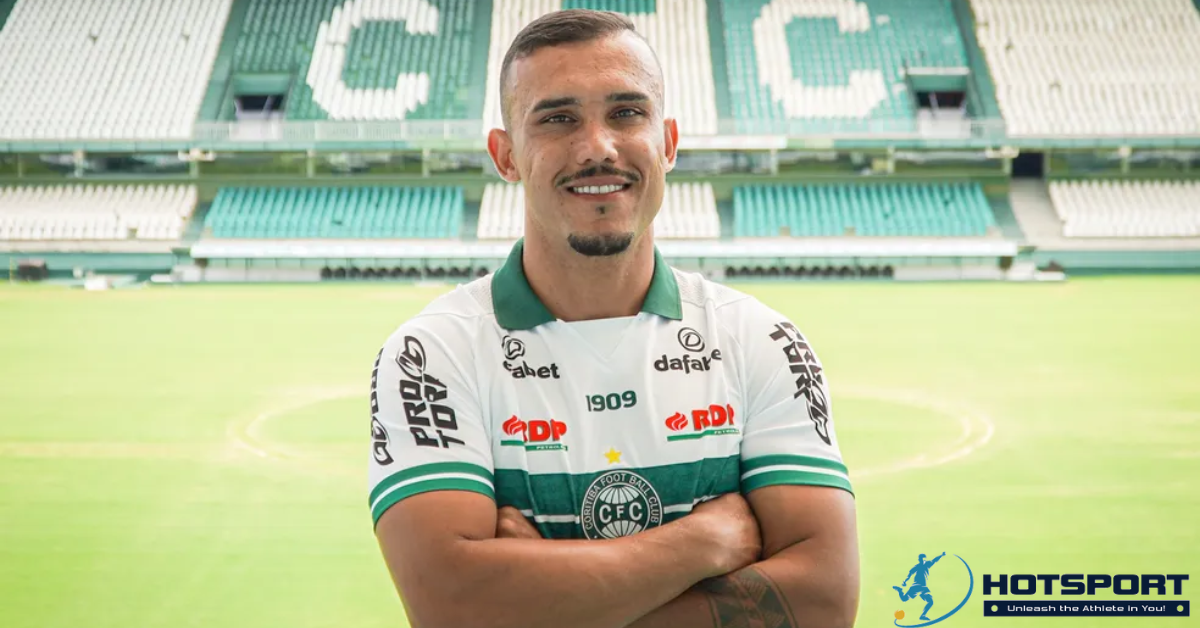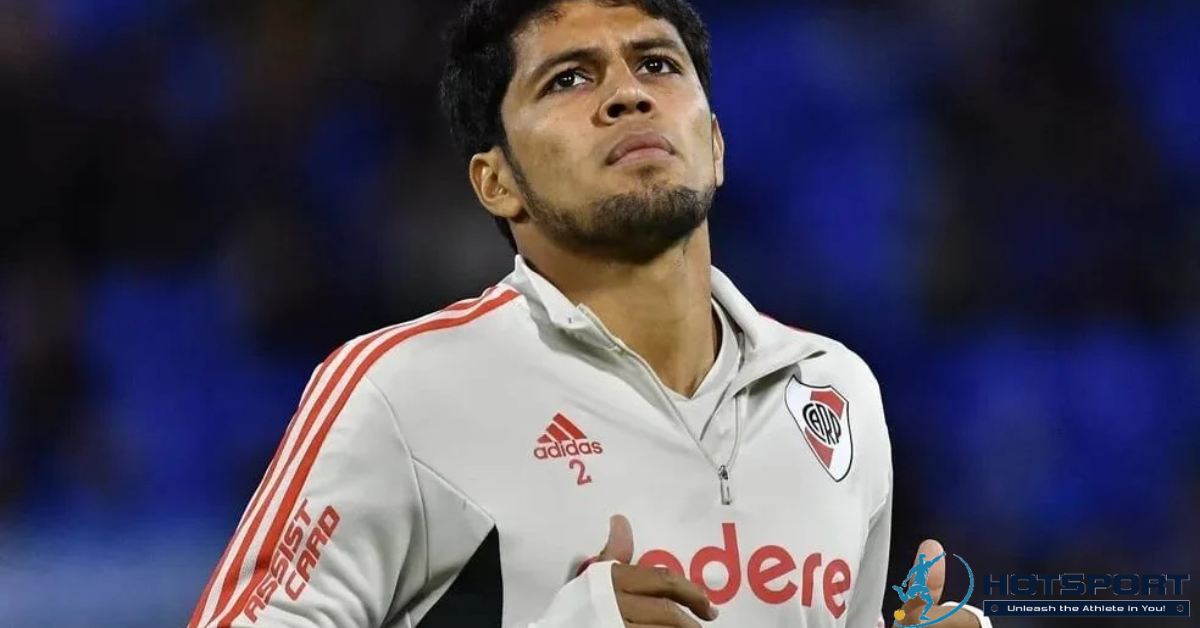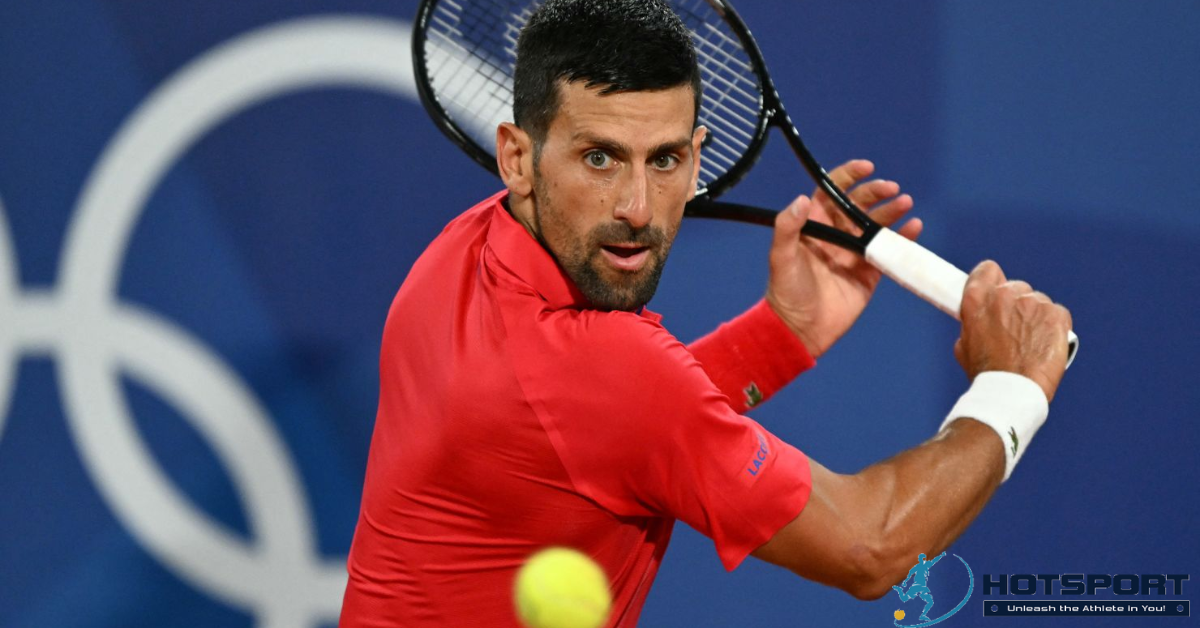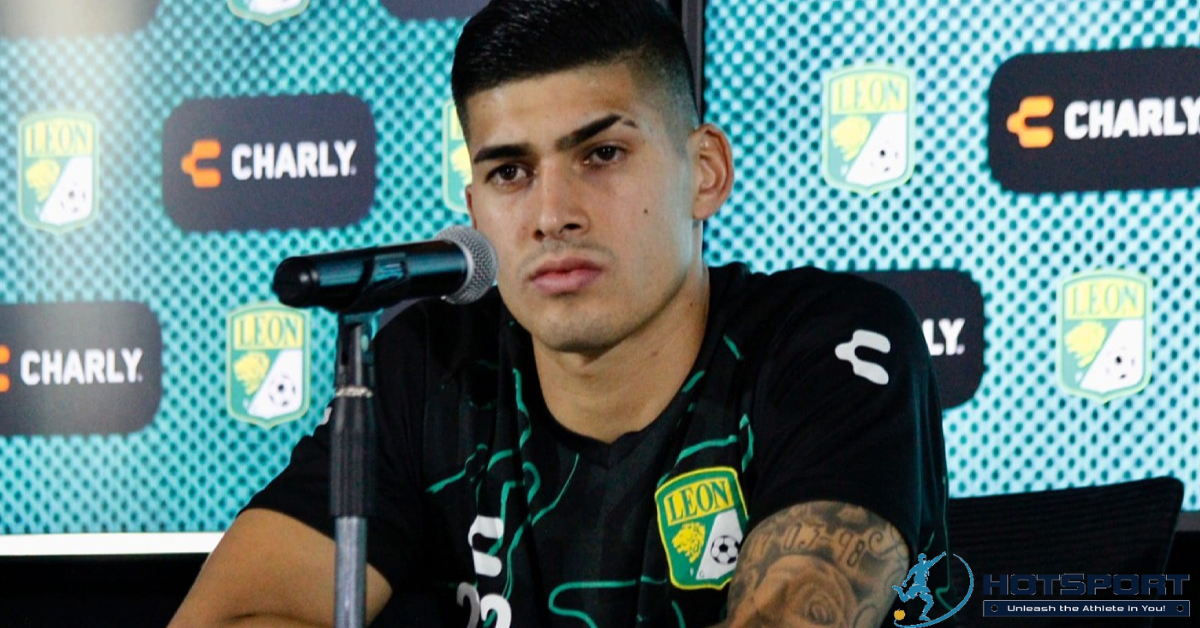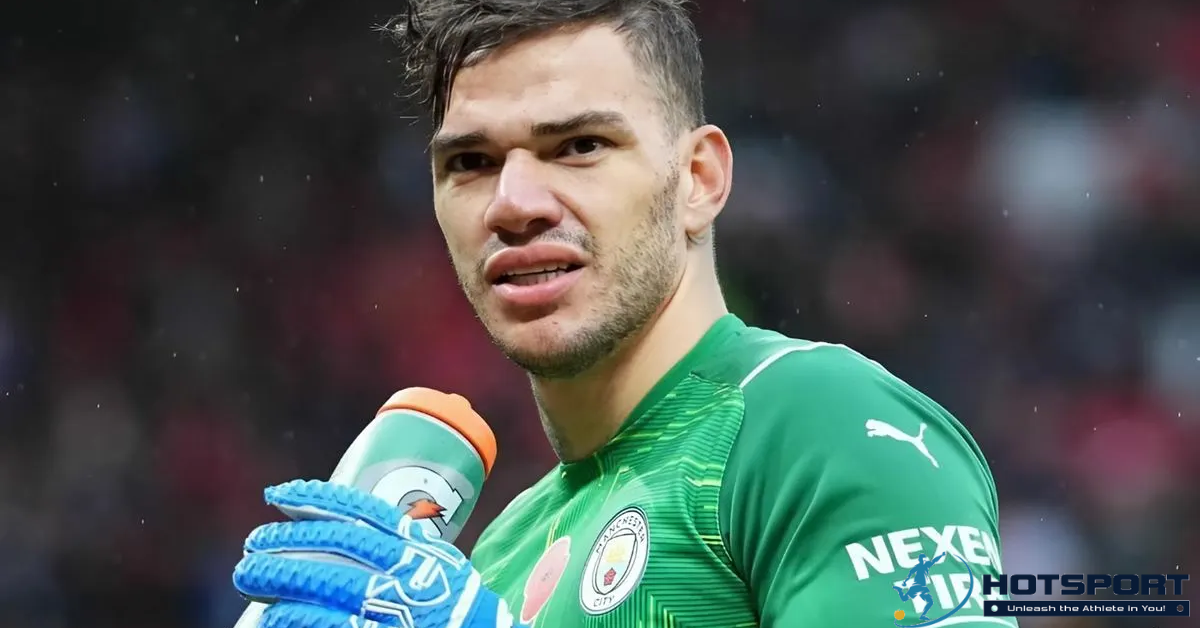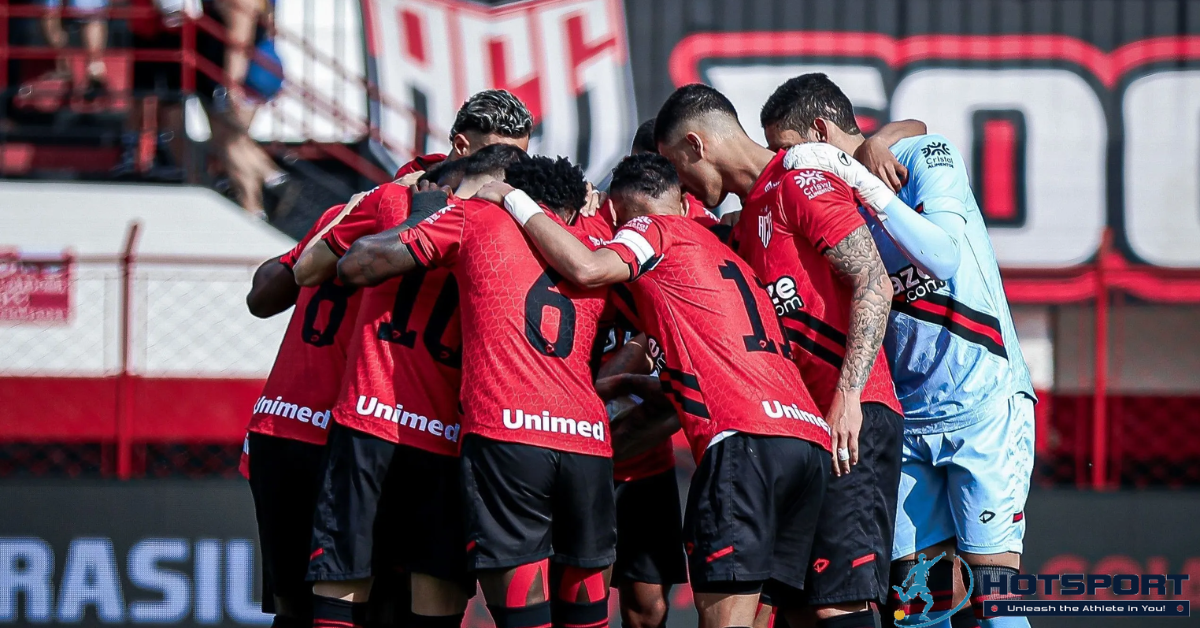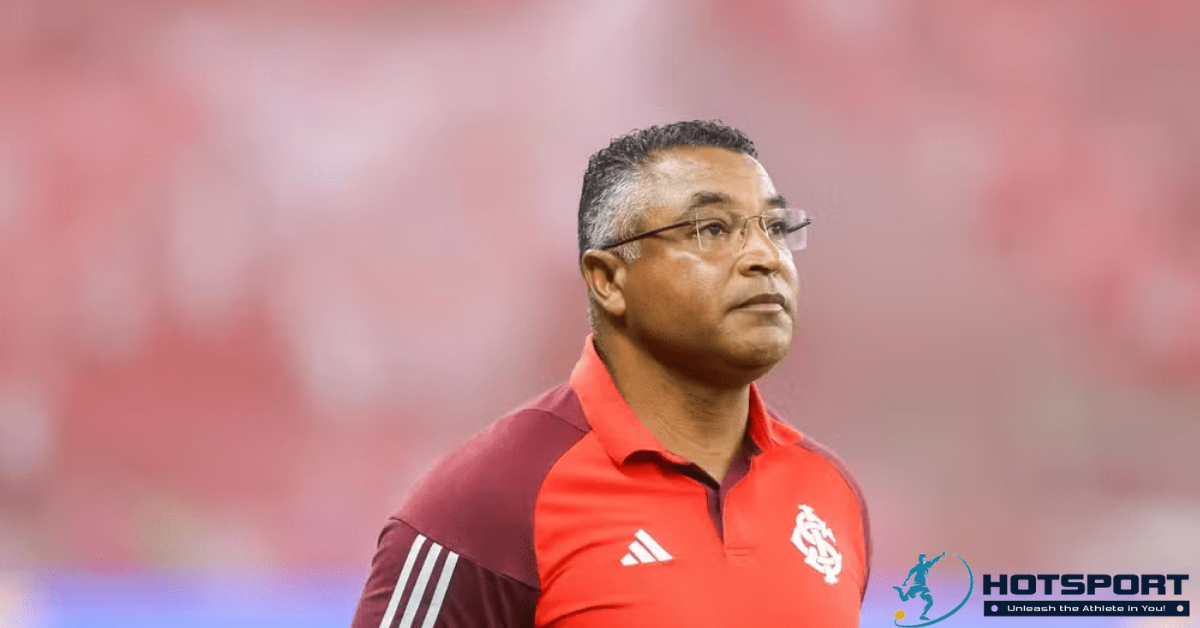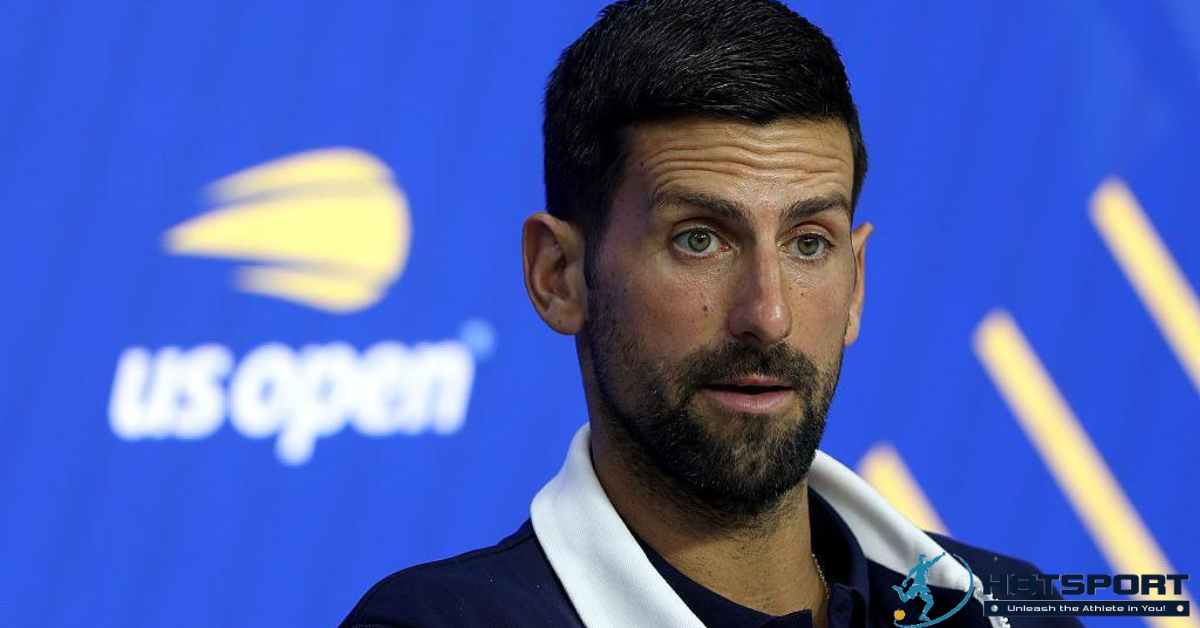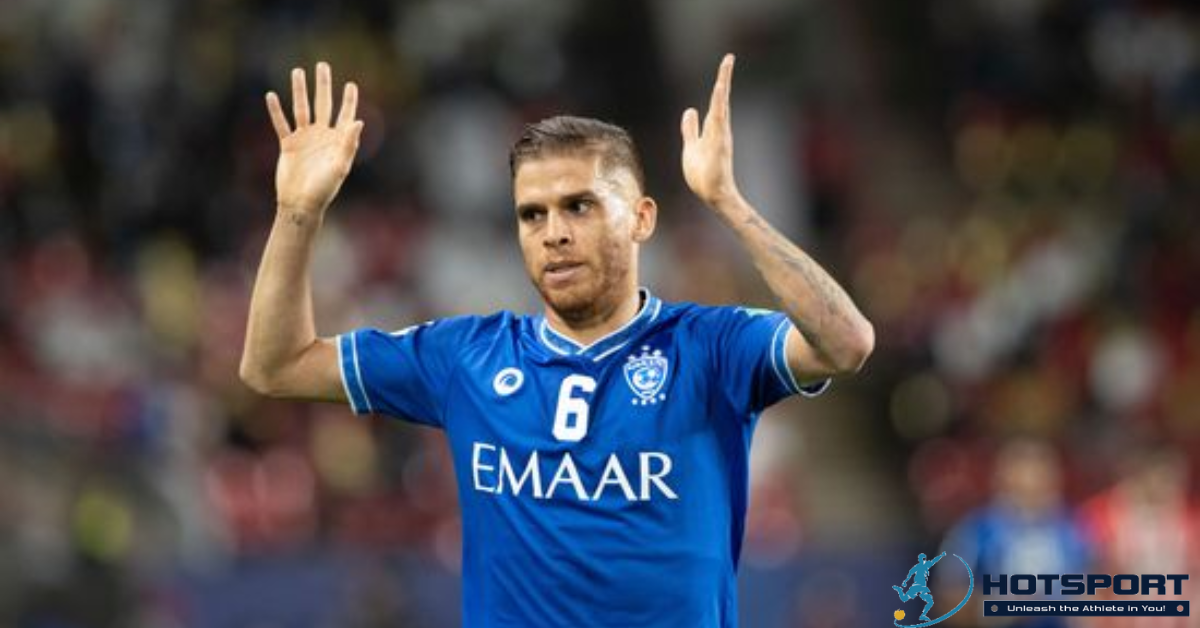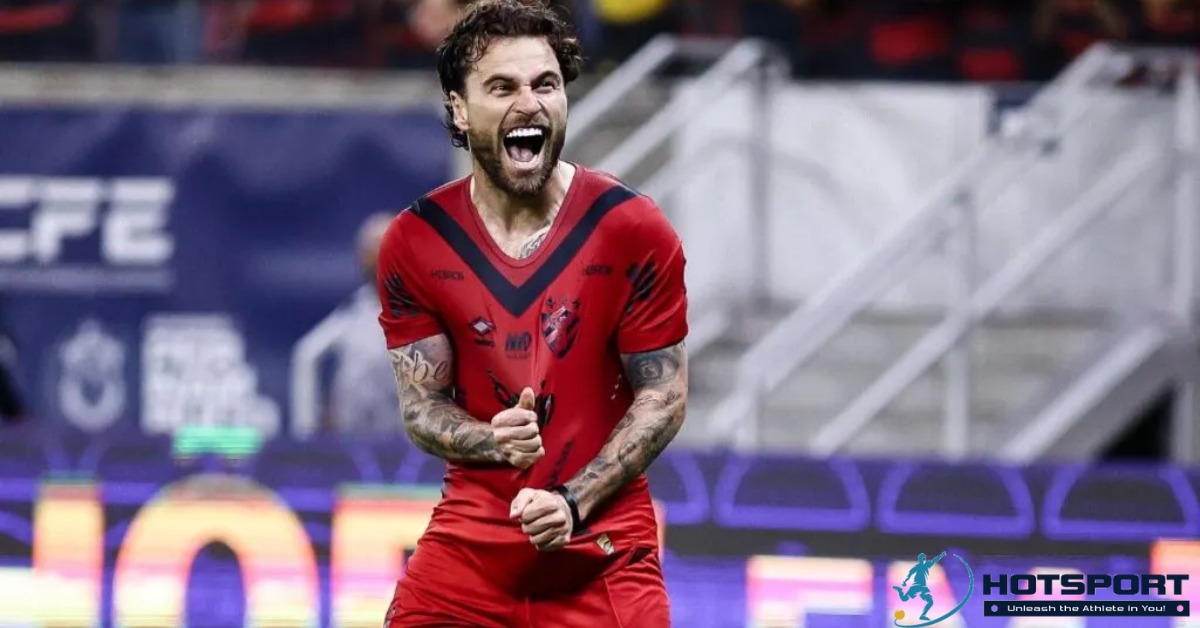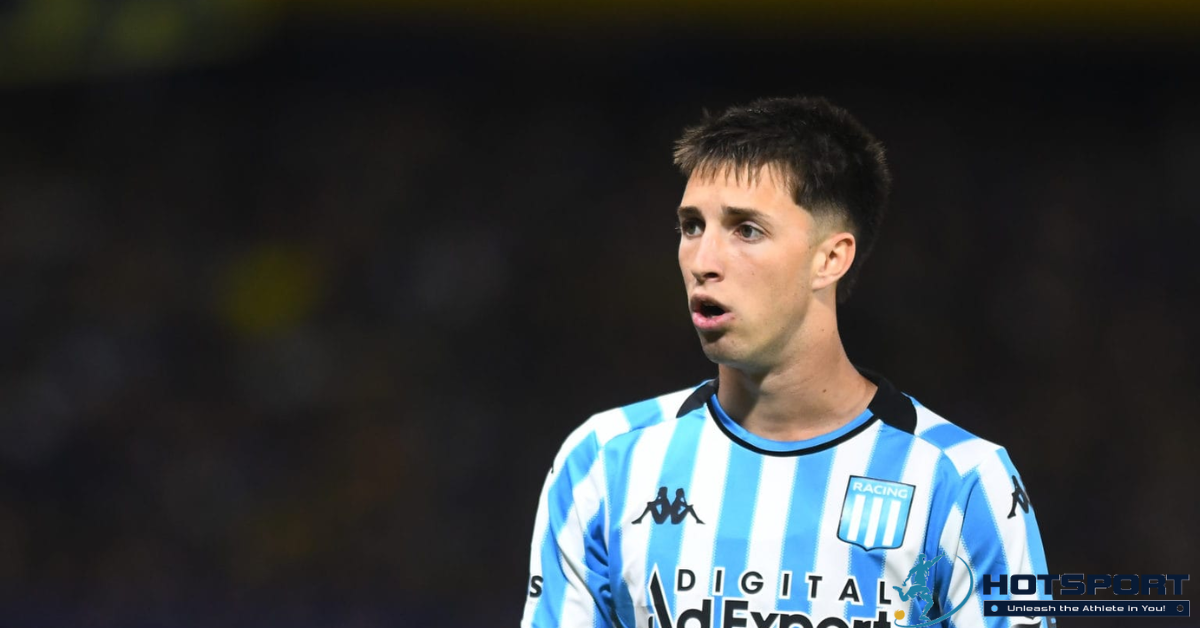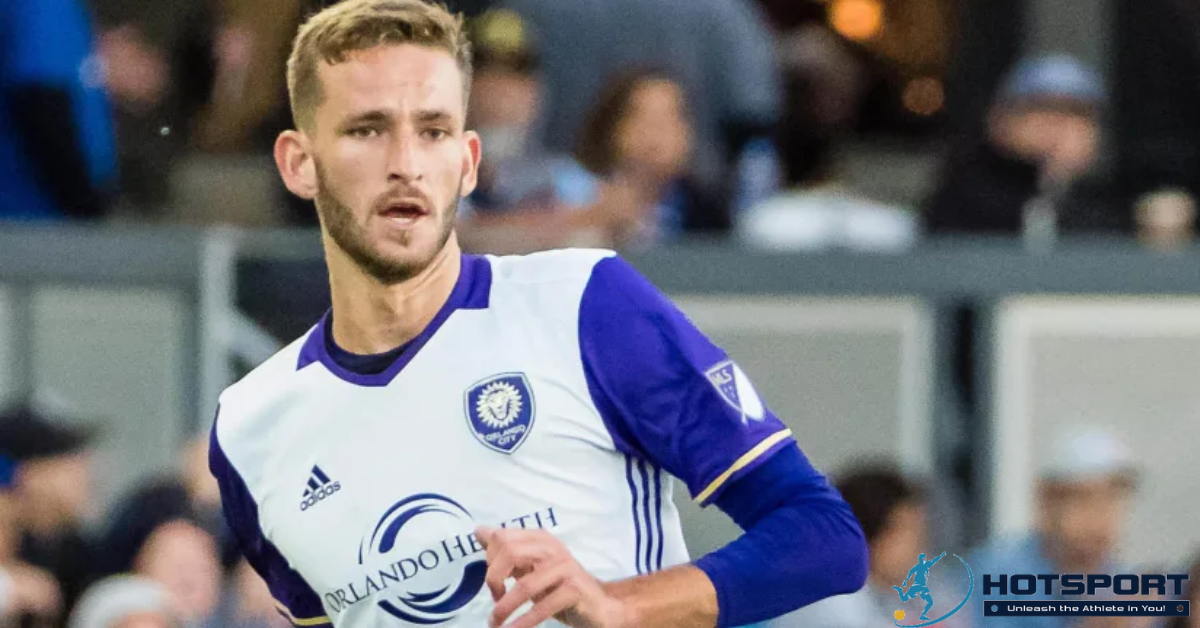Renato Paiva: Portuguese Football Manager
Introduction
Renato Manuel Alves Paiva is a Portuguese football manager born on March 22, 1970, in Pedrógão Pequeno, a small locality in the Castelo Branco district of Portugal. With a career spanning over two decades, Paiva initially gained recognition for developing young talents at Sport Lisboa e Benfica before expanding his horizons to South American and Mexican football. At 55 years old in September 2025, he is currently without a club following a brief stint with Fortaleza Esporte Clube in Brazil. His career is marked by significant achievements, such as winning the Ecuadorian Serie A title in 2021 with Independiente del Valle, and a coaching philosophy centered on technical, collective, and intelligent football. This article explores his life, career, teams managed, and accomplishments, providing a comprehensive overview of a professional who has adeptly adapted to diverse footballing cultures.
Paiva represents a generation of Portuguese coaches who prioritize youth development and modern tactical systems. His journey reflects the globalization of football, with stints in Portugal, Ecuador, Mexico, and Brazil. Despite recent ups and downs, including dismissals from Brazilian clubs, his legacy includes nurturing players and building competitive teams in challenging environments.
Early Life and Education
Renato Paiva was born in Pedrógão Pequeno, a rural parish in the Sertã municipality in central Portugal. Growing up in a modest setting likely shaped his determination and work ethic, traits evident throughout his career. While details about his childhood and formal education are scarce, it is known that Paiva entered the football world at a young age, not as a professional player but as a coach. His passion for the sport led him to pursue technical training, likely through coaching courses offered by the Portuguese Football Federation.
Before becoming a coach, Paiva may have worked in other sectors, but his official entry into football came in 2004 when he joined Benfica. This transition marked the start of an intensive learning phase, during which he absorbed knowledge about training methodologies and athlete development. His coaching education emphasizes youth development, inspired by successful Portuguese models like José Mourinho or Rui Vitória, though Paiva developed his own style, focusing on collective play and player inclusion.
Career at Benfica
Youth Academy
Renato Paiva’s coaching career began in earnest in 2004 when he joined Benfica’s scouting department, also serving as an assistant coach for the Juvenile B team. This initial phase was crucial for his professional growth, allowing him to observe and contribute to the development of young prospects. In 2006, Paiva took his first head coaching role, leading Benfica’s under-14 team.
Over the following years, he progressed through the youth ranks, coaching the under-16, under-17, and under-19 teams. In these roles, Paiva implemented training programs focused on individual technique, collective tactics, and age-appropriate physical preparation. His work helped shape players who later joined Benfica’s first team or were transferred to other European clubs. During this period, which lasted until 2019, Paiva gained over a decade of experience in youth development, participating in national and international youth tournaments.
This phase highlighted his ability to identify and mold talent, emphasizing dynamic and attacking football. Paiva often stated that his goal was to make young players feel valued, fostering a team culture where everyone contributed.
Benfica B
In January 2019, following Bruno Lage’s promotion to the first team, Paiva was appointed head coach of Benfica B, competing in LigaPro, Portugal’s second division. His debut came on January 16, 2019, with a convincing 4-0 victory over Académico de Viseu. During his tenure, which lasted until December 2020, Paiva managed 55 matches, securing 18 wins, 11 draws, and 26 losses, resulting in a win rate of approximately 32.73%.
Despite mixed results, this experience was pivotal for Paiva’s exposure to professional football. He worked with players transitioning from the youth academy to the senior squad, refining tactics like the 4-2-3-1 formation, which became his preferred system. His departure from Benfica on December 25, 2020, was driven by his ambition to win titles at a higher level, as he publicly expressed his desire for new challenges.
Stint at Independiente del Valle
On December 25, 2020, Paiva was announced as the head coach of Independiente del Valle, an Ecuadorian Serie A club, replacing Spaniard Miguel Ángel Ramírez. This marked his first venture outside Portugal, representing a significant cultural and tactical leap. Upon taking charge, Paiva emphasized his philosophy: “I don’t want to play long balls because you don’t know who the ball belongs to. Our philosophy is to make every player feel important, even those on the bench.”
In 2021, despite early exits in the Copa Libertadores (group stage) and Copa Sudamericana (round of 16), Paiva led the team to the Ecuadorian Serie A title, defeating Emelec 4-2 on aggregate in the final. This achievement was a milestone, showcasing his ability to quickly adapt to the more physical and fast-paced South American football. During his tenure from December 2020 to May 2022, he managed 65 matches, with 33 wins, 16 draws, and 16 losses, achieving a 50.77% win rate and a +37 goal difference.
Paiva left the club on May 30, 2022, leaving a legacy of professionalism and success that opened doors to opportunities in other countries.
Experience at León
On May 25, 2022, Paiva took charge of León, a club in Mexico’s Liga MX. This stint was shorter and more challenging. From May to November 2022, he managed 18 matches, securing 6 wins, 4 draws, and 8 losses, resulting in a 33.33% win rate and a -5 goal difference. Challenges included adapting to a demanding schedule and the competitiveness of the Mexican league.
Paiva resigned on November 28, 2022, citing the desire to pursue new projects. Despite the brief tenure, this experience enriched his resume with insights into North American football.
Tenure at Bahia
On December 6, 2022, Paiva was appointed head coach of Esporte Clube Bahia for the 2023 season. In Brazil, he encountered an intense and passionate football environment. His tenure lasted until September 2023, during which he implemented his preferred tactics and sought to balance defense and attack.
While specific details about matches and results are limited, Paiva contributed to the club’s stability in Brazil’s Série A, promoting young players and adjusting the squad. His departure was amicable, preparing him for new challenges.
Time at Toluca
Announced in December 2023, Paiva took over Toluca, another Liga MX club, for the 2024-2025 season. This return to Mexico offered a chance for redemption after his brief stint at León. During his time at Toluca, Paiva focused on rebuilding the team, implementing rigorous training and modern tactics.
His tenure included participation in national and possibly international competitions, emphasizing collective play. Paiva left the club in early 2025, after contributing to the squad’s development, though without notable titles mentioned.
Stint at Botafogo
On February 27, 2025, Paiva was hired by Botafogo de Futebol e Regatas in Brazil. His tenure included memorable moments, such as a 1-0 victory over Paris Saint-Germain in the FIFA Club World Cup. However, after the team’s elimination from the tournament, he was sacked on June 30, 2025, after just 23 matches in charge.
Despite the brevity, Paiva left a positive impression on fans, with reports of pride in the international campaign. His dismissal reflects the high-pressure environment of Brazilian football, where immediate results are demanded.
Brief Spell at Fortaleza
On July 17, 2025, Paiva took over Fortaleza Esporte Clube, also in Brazil. In just 10 matches, he recorded 1 win, 3 draws, and 6 losses. The board decided to sack him on September 2, 2025, citing the need for changes to improve the team’s performance.
This short stint highlighted the challenges of rapid adaptation in a demanding schedule but reinforced his resilience as a coach.
Playing Style and Philosophy
Renato Paiva is known for a philosophy that prioritizes technical and collective football. His preferred formation is the 4-2-3-1, balancing a solid defense with creative attacks. He emphasizes player inclusion, avoiding long balls and promoting intelligent possession play.
In interviews, Paiva highlights the importance of human development, inspiring players to feel valued. His approach adapts to different contexts, blending European rigor with South American passion.
Personal Life
Details about Paiva’s personal life are limited. Born in a rural region of Portugal, he maintains a low profile, focusing on his career. There is no public information about his family or hobbies, but his dedication to football suggests a life centered on the sport.
Legacy and Future Prospects
Renato Paiva’s legacy includes the 2021 Ecuadorian title and talent development at Benfica. With 268 matches as a head coach by 2025, including 115 wins and 92 losses, he demonstrates consistency. His international stints have enriched his global perspective on football.
Looking ahead, Paiva may return to Europe or explore new leagues, such as those in Asia or the Middle East. His ambition for titles suggests he will continue seeking challenges, contributing to the sport with his expertise.
Conclusion
Renato Paiva’s career is a testament to his adaptability and commitment to football. From his roots in rural Portugal to leading teams in Ecuador, Mexico, and Brazil, he has left a mark through his tactical acumen and focus on player development. Despite recent challenges, Paiva’s journey reflects the evolving nature of global football, and his future endeavors are sure to add to his storied career.

